In 1802 a Hungarian aristocrat, Count Ferenc Széchényi approached Emperor Francis for permission to donate to his rich collection of books and works of art held in his manor at Nagycenk to the nation. Following royal consent, the third national collection in Europe was established. It was housed in a monastery of the only Hungarian monastic order, the Paulines, in Pest. Joseph II had dissolved the order in 1786, today the building houses the Central Seminary. The former monastery had a large library, which can be visited to the present day.
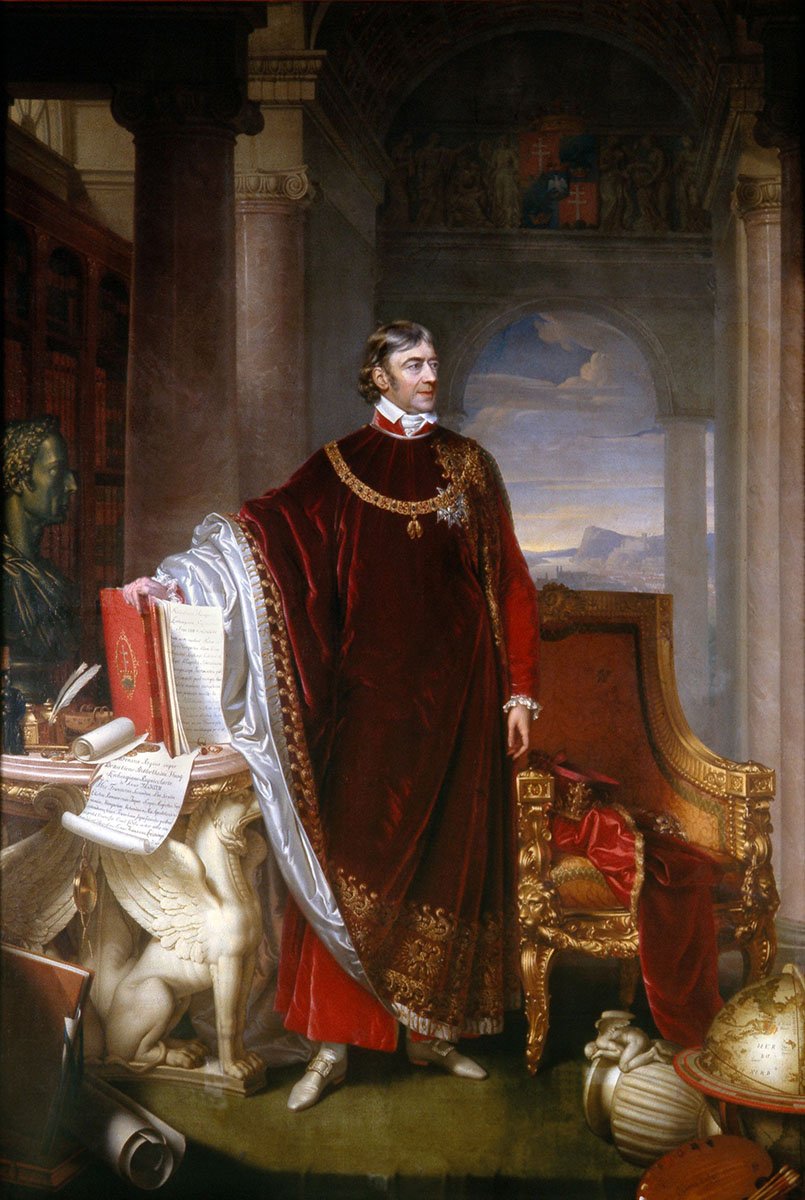
Johann Nepomuk Ender's painting of Count Ferenc Széchényi
The end of the 18th century was the golden age of collecting books in Hungary. The foundations of several modern-day public collections were lain by aristocratic and ecclesiastical libraries, for example, the libraries of the archbishops of Eger and Kalocs, or the Teleki Teka in Marosvásárhely (today, Târgu Mureş, Romania)
The donor, Ferenc Széchényi, was born on 29 April 1754 in Fertőszéplak into the Sárvár-Felsővidék branch of the Széchényi family. He was considered aloof and withdrawn in his youth, preferring to study, over attending balls or other social events.
Another side of his personality can be seen in the fact that he married the widow of his elder brother, Julianna Festetics, after great difficulties our of love. Six children were born from their marriage, three boys and two daughters, including the youngest, Count István Széchenyi, born in 1791.
Ferenc Széchényi and his wife Julianna Festetics with their children
Ferenc Széchényi started his political career in accordance with his family's high social standing. From 1776 he held a seat on the Kőszeg district board. He later held more important positions. He served as deputy to the Croatian ban and deputy governor or royal commissioner to several counties. However, when Joseph II's centralising edicts came into force, Széchényi faced a crossroads. The edicts of the uncrowned king went against Hungary's historical constitution, leading Széchényi to resign from all public offices, citing his health. He retired entirely from public life.
He only took office against once the Emperor had died. In 1798 he became Ispán (Comes) of Somogy county and royal commissioner for the regulation of the rivers Drava and Mura. In 1799, he became president of the Seven-Member Court of the Royal Curia, and later Chief Chamberlain and Deputy National Judge.
Library of the Pauline Monastery dissolved by Joseph II in 1786. – The national library founded by Ferenc Széchényi was placed here in its early years (Source: FSZEK Budapest Collection)
The development of Ferenc Széchényi's worldview strongly influenced his public service: liberalism influenced him in his youth, during his studies in Vienna, and he was also a Freemason. He later led his secretary, József Hajnóczy, into his lodge. Hajóczy went on to play a major role in the Martinovics conspiracy and was subsequently executed. The events changed the count, who turned his back on liberal ideals and turned to religion. Several of his friends saw this as treachery and turned their backs on him.
However, Széchényi quietly continued to work for his homeland. In March 1802, he submitted an application to the ruler to donate his significant collection of books, prints and manuscripts to the Hungarian nation. The subsequent process illustrates contemporary bureaucracy well: Széchényi's offer was considered by the Governor's Council, which recommended the King accept it in April.
Francis I accepted the offer to establish the Bibliotheca Hungarica on 22 June, and the Royal Chancellery invited Széchényi to issue the gift certificate in July. The king also ordered that the collection be placed in the monastery of the only Hungarian monastic order, the Paulines, which had been dissolved by Joseph II in 1786.
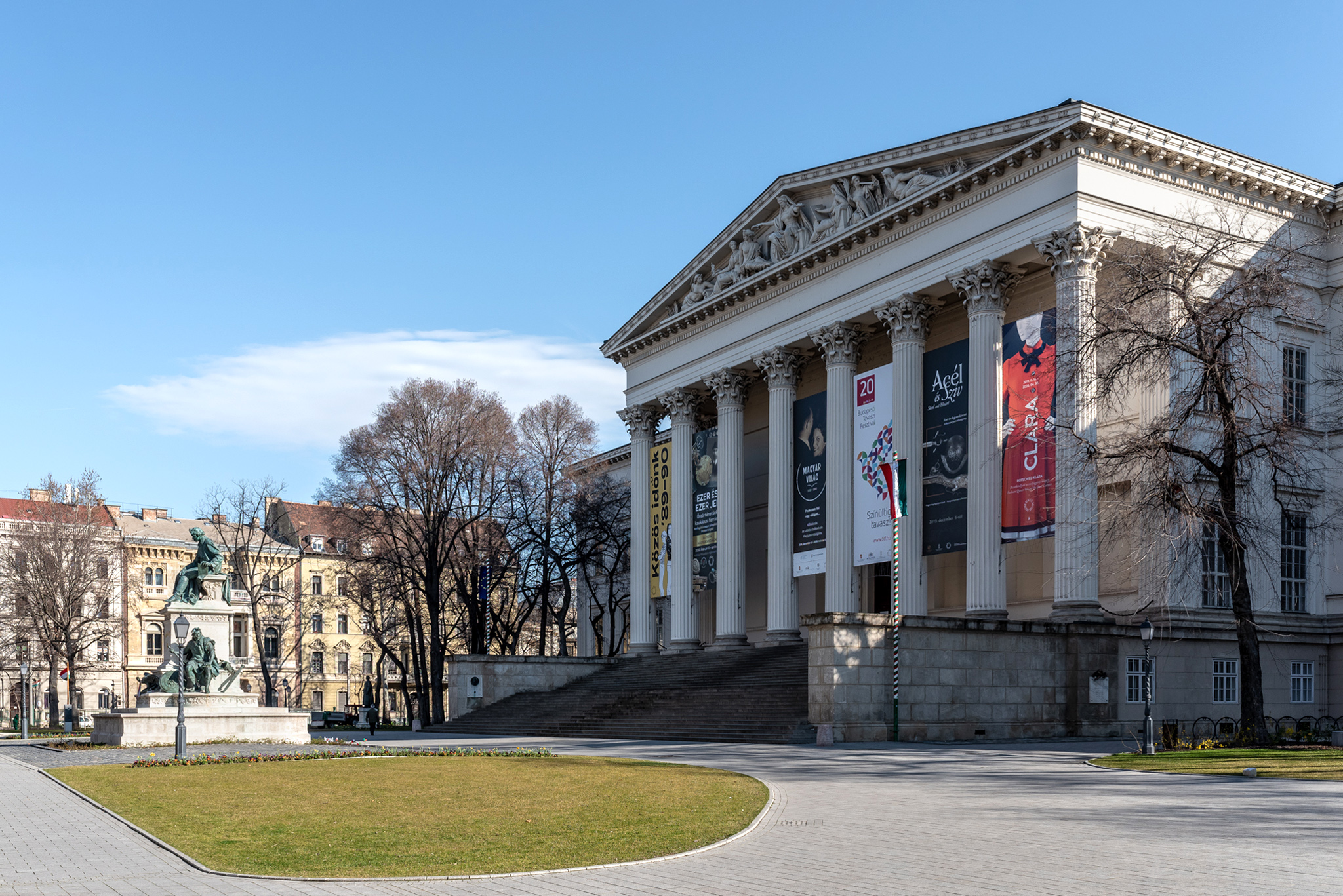
The building of the Hungarian National Museum was built between 1837 and 1847 according to the plans of Mihály Pollack
(Photo: Both Balázs/pestbuda.hu)
Thus, the national collection created by Széchényi was a library and is today known as the National Széchényi Library. However, 1802 is also the year in which the Hungarian National Museum was founded.
At the time of donation, Széchényi's collection included books, prints, manuscripts, maps and calcographies, a numismatic collection and other antiques, as well as paintings. Initially, these were stored together with the books. Palatine József proposed creating the Hungarian National Museum as a collection of Hungarian-related artefacts and hungarikums, within the National Library founded by Széchényi.
The National Diet of 1807 confirmed the institution's public ownership and called for donations from the public. The artefacts donated, served as the base of other collections, such as those of the Museum of Natural History and the Museum of Fine Arts. The donation started an avalanche in the history of Hungarian public collections.

The building of the Hungarian National Museum today (Photo: Both Balázs/pestbuda.hu)
The National Museum building was born in the Reform Period and was erected between 1837 and 1847 following plans by Mihály Pollack. The merits of the founder Ferenc Széchényi were enshrined in the law passed by the National Diet of 1807. Scientific societies around Europe recognised his efforts by electing him as a member.
In 1803 he became an honorary member of the University of Göttingen, in 1804 of the Academy of Sciences of Jena, in 1811 of Warsaw, and from 1812 the Academy of Sciences of Vienna. He was also accepted into the Order of the Golden Fleece in 1808. His statue in the garden of the National Museum, created by János Istók in 1902, depicts him in its uniform.
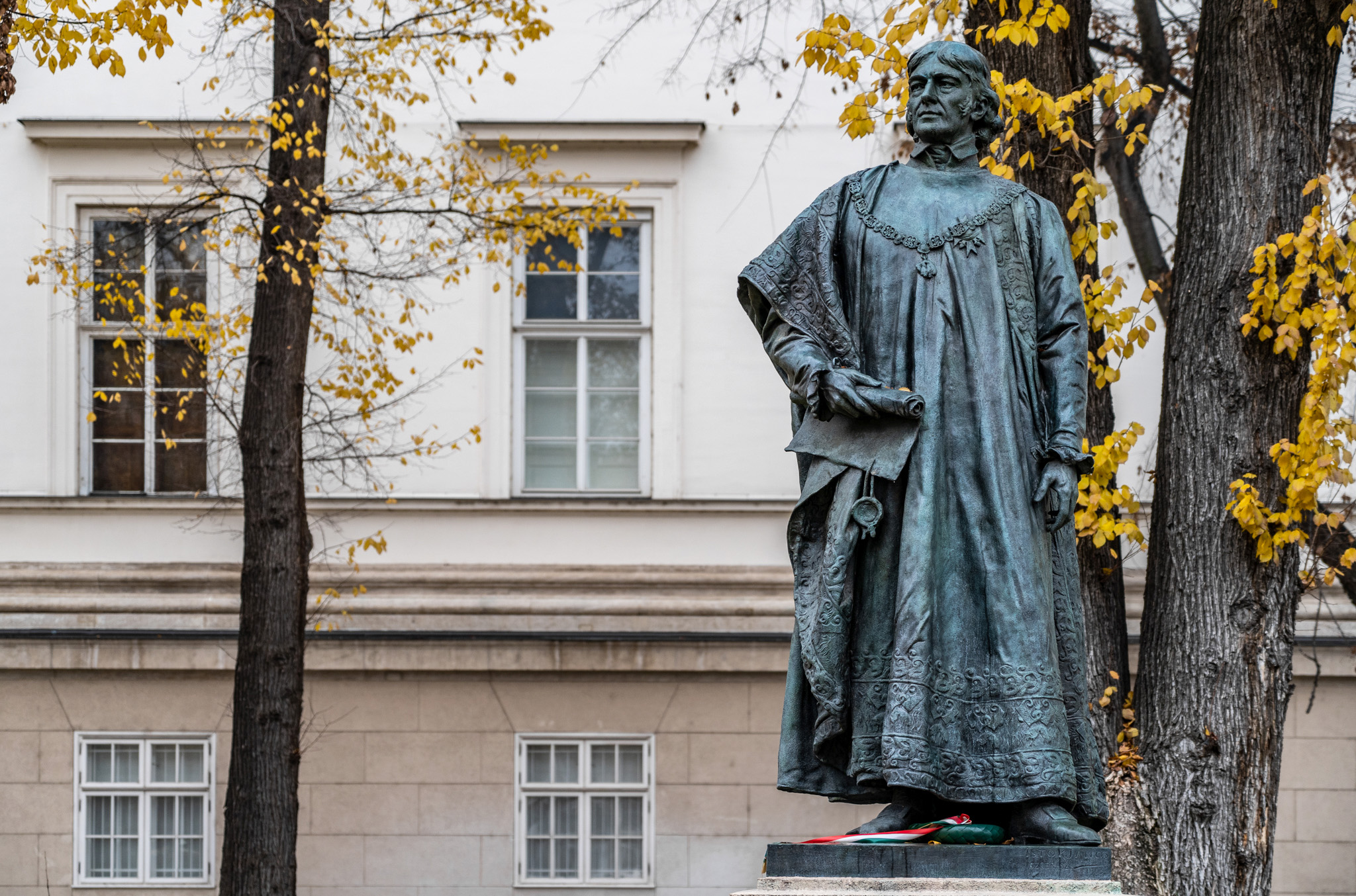
The statue of Ferenc Széchényi by János Istók was erected in 1902 and stands in the garden of the National Museum (Photo: Both Balázs/pestbuda.hu)
His religiosity deepened in the final years of his life, and he became increasingly preoccupied with the idea of the nation's death. He attempted to summarise his religious and political views in a work written in German entitled On the Spirit of the Age (Vom Zeitgeist). Unfortunately, melancholy increasingly overtook his spirit. He died on 13 December 1820, at nine o'clock in the morning in Vienna, after a year and a half of illness.
On the 200th anniversary of his death, we must remember Count Ferenc Széchényi with gratitude and optimism. The institutions he founded still function, and the Hungarian nation, for which he worked and held so much concern, will never forget his name.
Cover photo: Statue of Ferenc Széchényi, by János Istók in the garden of the National Museum (Photo: Both Balázs/pestbuda.hu)

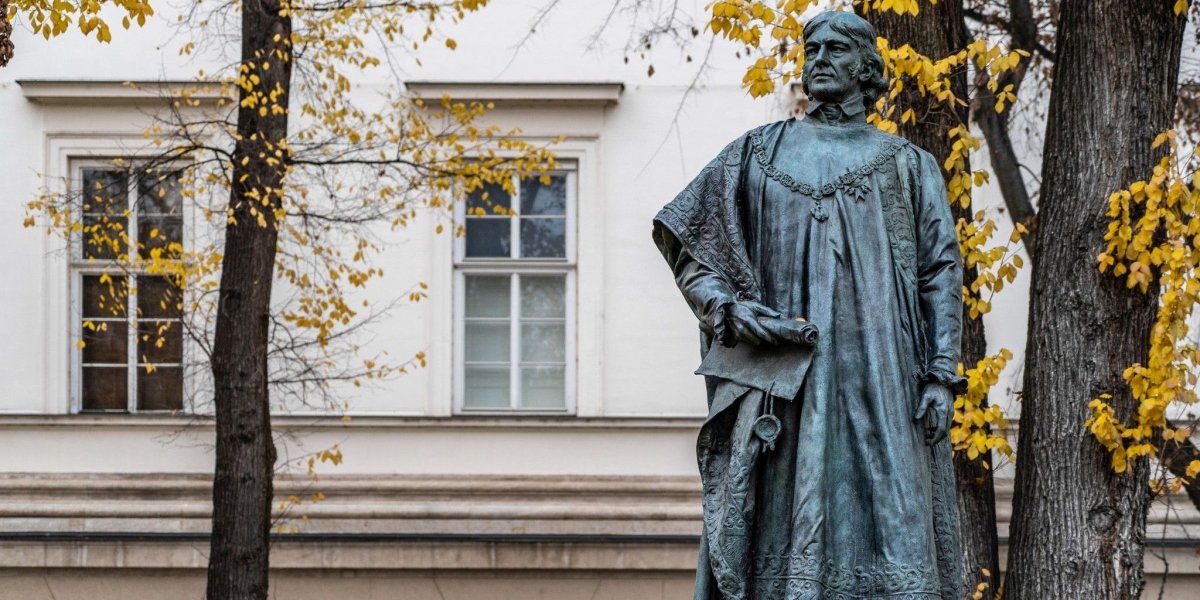

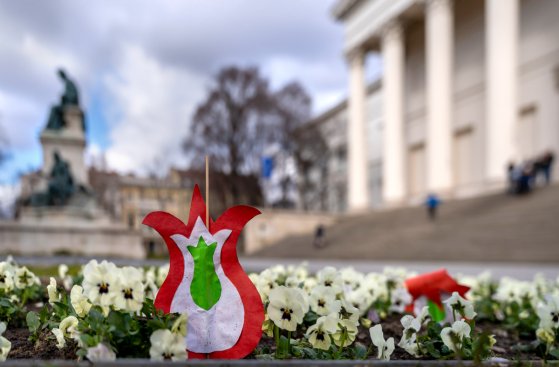



































Hozzászólások
Log in or register to comment!
Login Registration